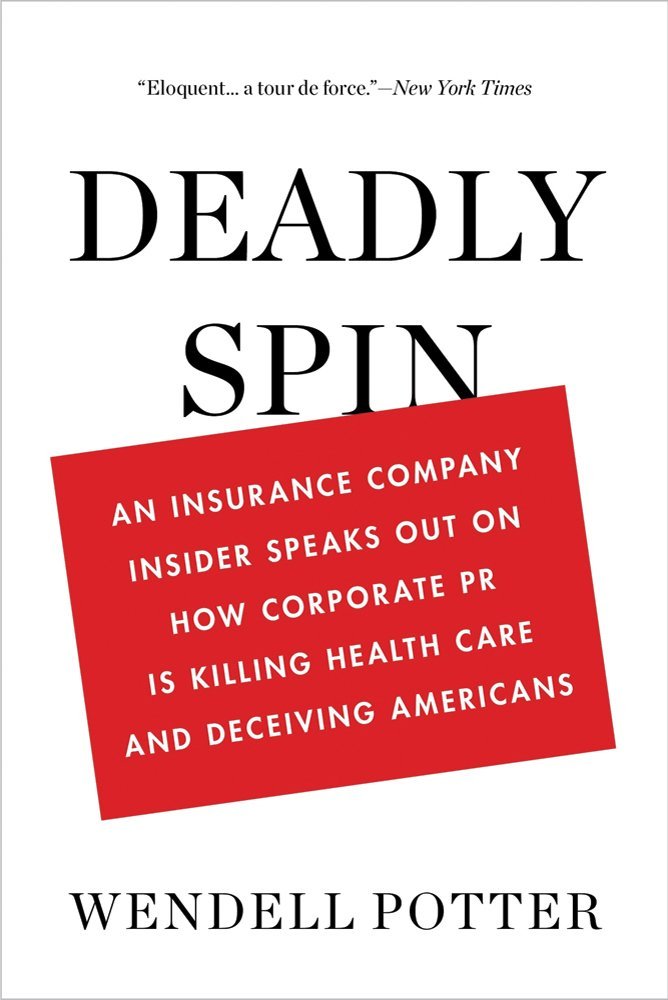Introducing the RApport Bookshelf
by RApport
March 24, 2022
Lining up spring break plans? If you’re anything like us, you’re probably looking for a good book to bring along. Though we won’t blame you for leafing through a bubbly beach read, you might be searching for something a bit more meaningful - a compelling text so full of big ideas it might be hard to put down and focus on your daiquiri. We can help you find a book like that. Welcome to the RApport Bookshelf, where we’ll compile what we consider the most essential reads in biotech and health care.
The RApport Bookshelf will live in our site’s navigation bar. Check back often - it’s an evolving resource that will continue to grow. And we’ll review and feature interesting new additions on the blog from time to time. But for now, enjoy our first selections - five books and two web resources.
books
Bottle of Lies
By Katherine Eban
When we fill a prescription for a generic drug, we trust that it’s been rigorously tested and proven to be as safe and effective as its more expensive branded counterpart. But what if that’s not the case? In Bottle of Lies, Katherine Eban exposes the shocking deceptions that undergird the international generic drug industry. Though Bottle of Lies is a meticulously-reported work of nonfiction, it reads like a horror novel, a terrifying ride through failed inspection reports, institutional cover-ups, silenced whistleblowers, and flat-out lies. It’ll make you look up where your drugs come from - and ask your pharmacist for alternatives.
Deadly Spin
by Wendell Potter
Insurance-reform advocate Potter explains how he awoke to the sins of the insurance industry and how his own role as a key cog of the industry's PR apparatus enabled those sins by manipulating public opinion. Part biography, part atonement, part guidebook for the underbelly of how legislative sausage is made and unmade, Potter's Deadly Spin is illuminating, maddening, wrenching, and a reminder of how much work has to be done to reform the worst practices of the powerful insurance industry.
Generic
by Jeremy Greene
Generic drugs are key to our society’s public health and economic stability, offering patients quality treatment at low prices. They also offer balance to the biotech social contract by introducing competition that brings the price of branded drugs down after patents expire. But how did we get to this point? And how can we trust that generics are as good as branded drugs? Greene breaks down these questions and much more in this historical narrative of the generic drug industry, covering nearly a full century of regulation and legal battle. If you’ve never considered “the science of sameness” or the “science of difference,” Generic will introduce you to concepts you’ll be talking about for years to come.
The Great American Drug Deal
by Peter Kolchinsky
Through colorful case studies and metaphors, Kolchinsky lays out what he sees as the biopharmaceutical industry’s social contract with America - and suggests real and actionable steps to solidify that contract to the benefit of American patients. Put simply, insurance should provide access to medicines that doctors prescribe and insurers agree are appropriate, without high out-of-pocket costs, and drugs should go generic without undue delay when their patents expire. The Great American Drug Deal argues that we do not have to choose between affordability and innovation.
Priced Out
by Uwe E. Reinhardt
Starting from the self-evident premise that American health care is expensive and often unaffordable, Reinhardt's tour of the complexities and dysfunction of the US system exposes its "confusion and contradictions" and acts as a roadmap of where we've been and where we might decide to go, and what we're really talking about when we talk about health care reform. He explores what drives health care spending in the US and asks us to consider the ethical principles upon which we want our health care system to be built.
web resources
For Two Years, Australia Failed People with Cystic Fibrosis. It Can’t Happen Again.
by Gunnar Esiason
Health technology assessments and cost effectiveness analyses (CEAs) around the world have been using outdated and limited math to calculate what a drug is worth to society for years. Esiason, who lives with cystic fibrosis, points out how conventional CEA failed Australian cystic fibrosis patients while the “miracle drug” Trikafta was turning lives around in the US. This example will leave you wondering how analysts can ignore so many important factors when calculating the value of a drug and if there’s a better way. (Spoiler alert: There is.)
No Patient Left Behind
Non-profit organization No Patient Left Behind has compiled a master class’s worth of issue explainer decks on common questions policymakers and voters ask about the US healthcare system. You’ll find straightforward, logical answers to questions like “If the NIH develops drugs, why does private funding matter?”, “Can we achieve affordability for patients without harming innovation, or do there have to be trade-offs?”, and “What’s the big deal about cutting the top-selling drugs down to being just reasonably profitable?”
Please click here for important RA Capital disclosures.










